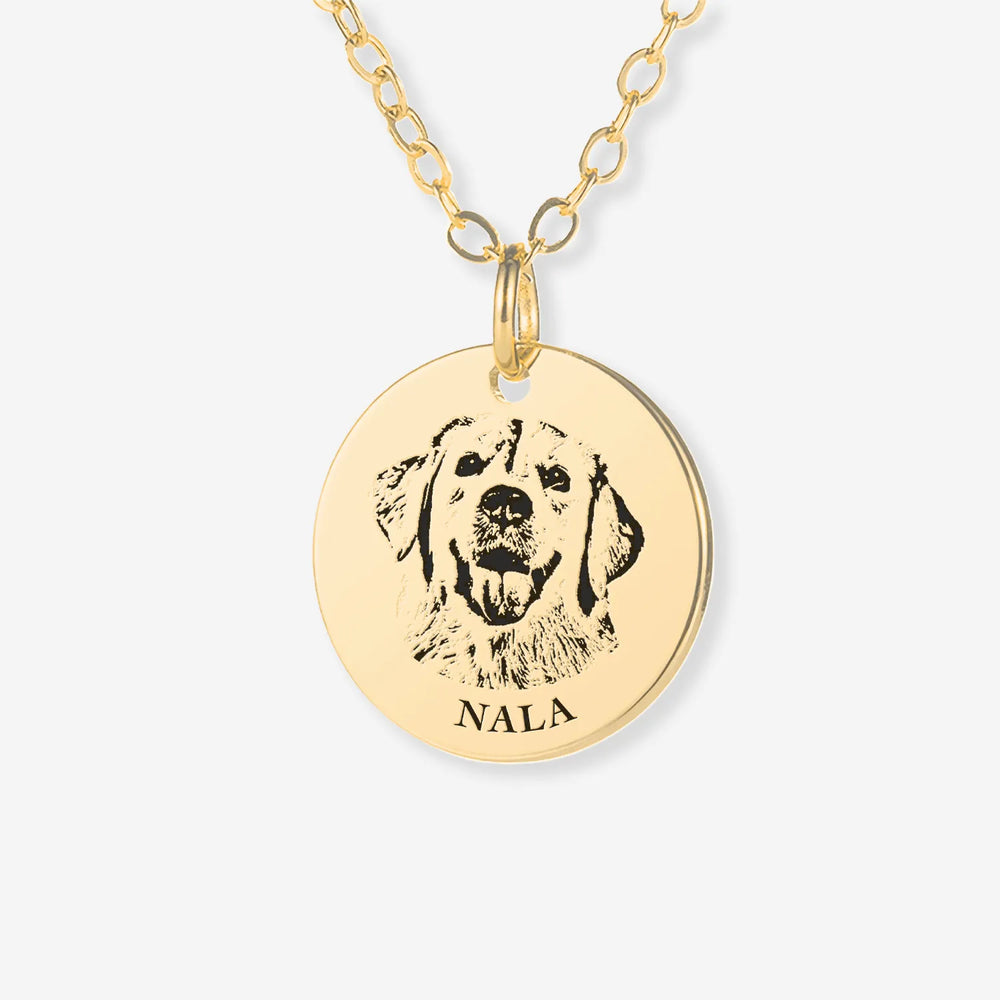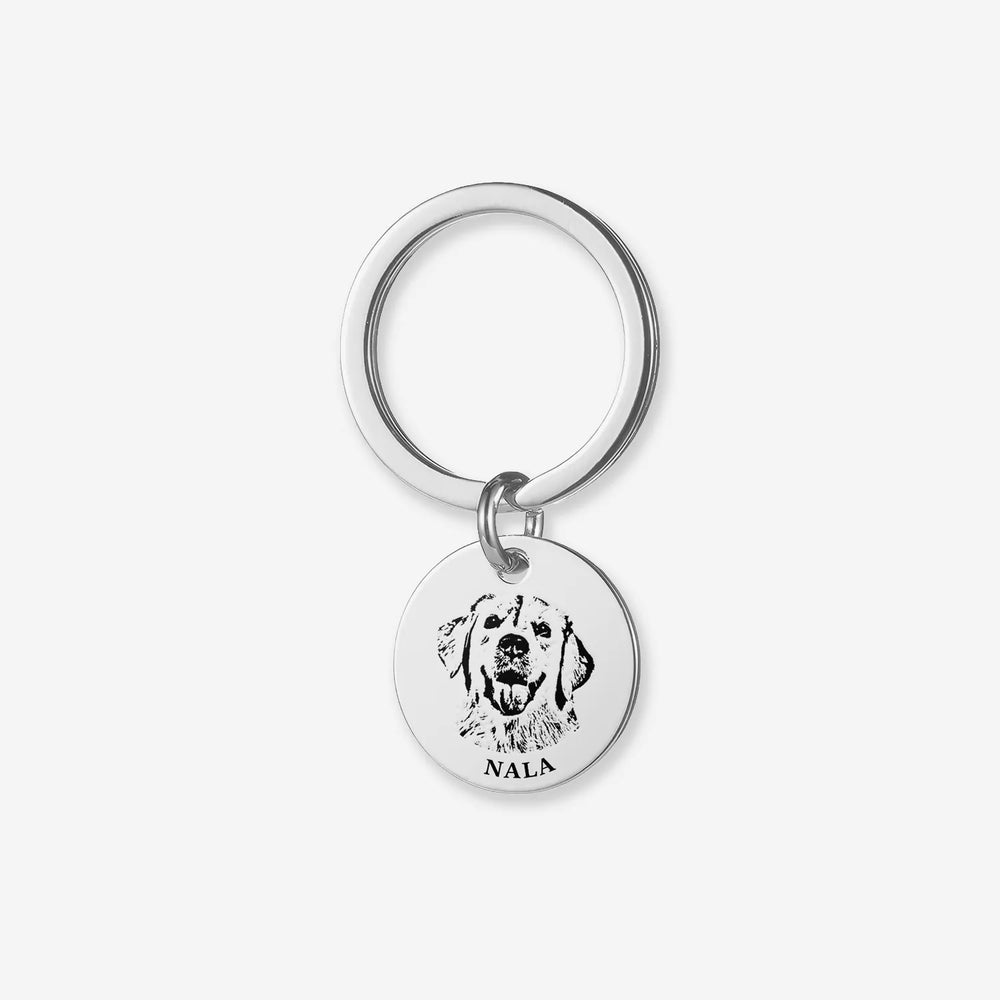Buy One, Get One FREE
Can Dogs Really Understand Human Language?

Dogs can't pick up a dictionary and read a book from cover to cover like we humans can.However,dogs have their own unique way of"understanding human language"!
We usually talk to dogs using a few simple words:"sit,""down,""eat,""go out to play,"and so on.The more we say these words,the more dogs hear them,and over time,they begin to associate these words with specific actions.For example,when you say"sit,"the dog quickly sits down obediently.Isn't that understanding?

Of course,this kind of"understanding"is limited.Dogs cannot understand sentence meanings or analyze grammatical structures like we do.A dog's intelligence,personality,and level of training all affect their ability to understand human language.For instance,intelligent and easily trainable dogs,such as Border Collies and Golden Retrievers,tend to learn more vocabulary and commands more quickly.On the other hand,more stubborn or difficult-to-train dogs may take longer and require more effort to achieve the same results.They rely more on their senses and memory to"get"our commands.
Therefore,dogs do understand human words,but only to a very limited extent.
How Do Dogs Understand These Words?

Dogs respond to words because they associate them with specific actions,behaviors,or rewards.For example,every time you say"eat"and bring out the dog food,your dog knows it's time to eat.Over time,whenever you say"eat,"it will excitedly run over to you,expecting food.This associative learning is a form of classical conditioning,as demonstrated in Pavlov's experiments(Pavlov,1927).
Can Dogs Really Understand Our Emotions?
In addition to understanding their owner's intentions through vocabulary,dogs have the ability to read emotions.Studies have shown that dogs can differentiate between happy and angry human facial expressions(Müller,Schmitt,Barber,&Huber,201).When you are happy,dogs may jump around with their tails wagging;when you are angry,they may hide far away or bow their heads submissively.This ability helps dogs better adapt to humans.
Do Different Breeds of Dogs Differ in Understanding Language?
Yes,there are differences in intelligence,personality,and learning ability between different breeds of dogs,which can affect their ability to understand human language.Intelligent and easy-to-train breeds,such as Border Collies and Golden Retrievers,usually pick up more words and commands more quickly.According to Professor Stanley Coren's research,these breeds excel in understanding and executing commands(Coren,2006).
Can Dogs Really Understand"Complex"Sentences?

While dogs can recognize and understand simple words and commands,they do not have the ability to understand and analyze complex sentences as humans do.When you say a sentence containing multiple words and complex grammar,your dog may only focus on one key word or phrase and respond based on its experience.For example,if you say,"Bring me that red cup on the table,"your dog may be confused because it doesn't understand the entire sentence.But if you say"get the cup"and point to where the cup is,your dog is more likely to understand and carry out your command.This phenomenon is known as the"key word effect,"where animals are more responsive to certain prominent words(Kaminski,Call,&Fischer,2004).
How Does a Dog's"Gift of Speech"Develop?
Dogs are not born with the"gift of speech"but develop it through long-term interaction with humans.By constantly observing and imitating human behavior and language patterns,dogs gradually learn how to communicate with humans.Human training and education also play a crucial role.Research has shown that with proper training,dogs can learn to understand and execute over 200 words and commands(Pilley&Reid,2011).
Dogs Communicate with Humans Through More Than Just Language

Although language plays an important role in how dogs communicate with humans,dogs communicate in more ways than just words.They convey information and emotions through body language,facial expressions,scent marking,and other means.For example,when a dog wags its tail,it usually indicates happiness or excitement;when a dog shows its teeth and growls,it may be warning others to stay away;and when a dog rolls on the ground exposing its belly,it is expressing trust and closeness to its owner.These non-verbal communication methods have been widely studied in animal behavior,proving the complex and diverse communication mechanisms among animals(Bekoff,2002).
Overall,while dogs cannot fully understand the complexity of human language,they establish deep connections and rapport with humans through specific word associations,emotional perception,and various non-verbal communication methods.This communication relies not only on training and experience but also on a dog's intelligence,personality,and keen insight into human emotions.Studies have shown that dogs learn to communicate with humans by observing and imitating human behavior and language patterns,with human training and education playing a crucial role.These scientific findings provide a deeper understanding of the communication between dogs and humans.



















